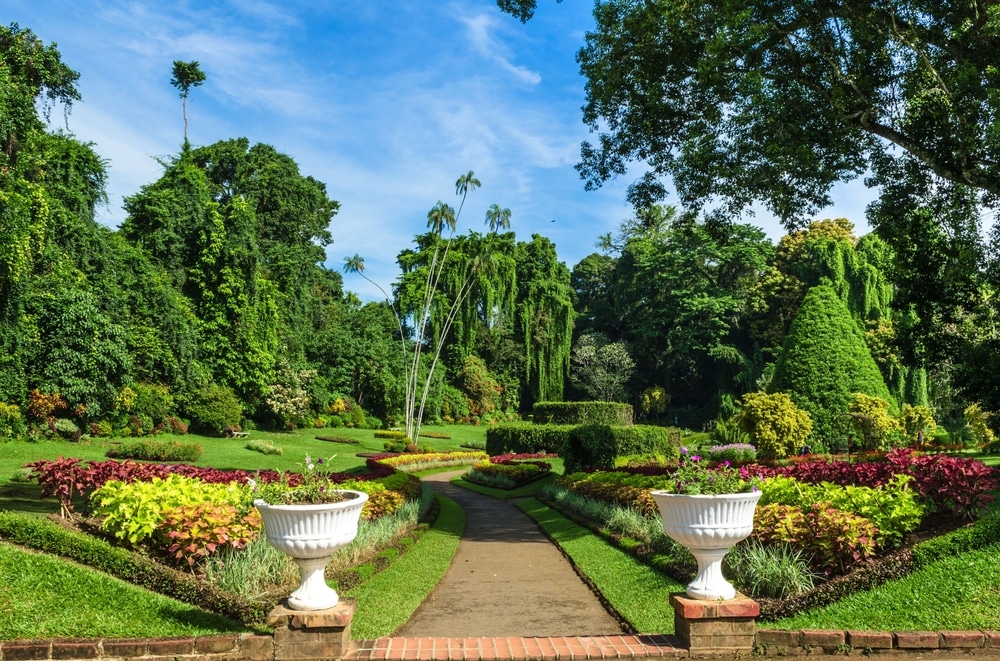Phone
832-979-3573
Public gardens and parks are the green lungs of our cities, offering a refreshing escape from the hustle and bustle of urban life. These serene spaces, often filled with lush greenery, colorful flowers, and tranquil water features, provide a peaceful retreat where residents and visitors alike can relax, unwind, and connect with nature. Whether you’re enjoying a leisurely stroll, having a picnic with friends, or simply sitting on a bench to soak in the beauty around you, public gardens and parks offer a much-needed respite in the midst of the city’s energy.
From sprawling city parks that cover acres of land to intimate botanical gardens showcasing a dazzling array of plant species, these green spaces are integral to the quality of life in any city. They are not only places of recreation and relaxation but also important centers for environmental conservation, education, and community engagement. Let’s explore the significance and charm of public gardens and parks, where nature and urban life come together in perfect harmony.
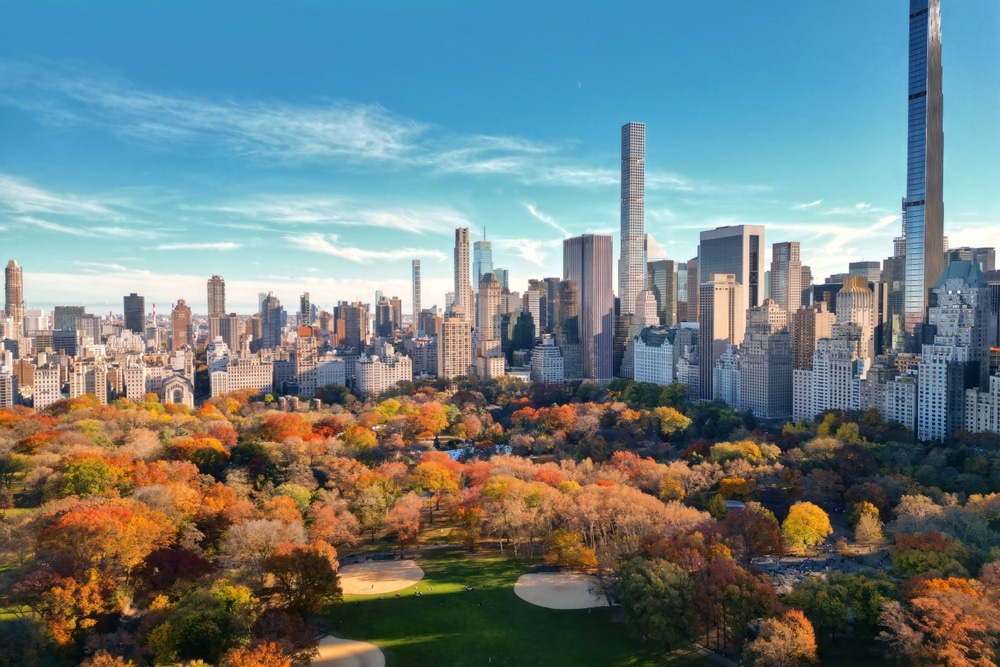
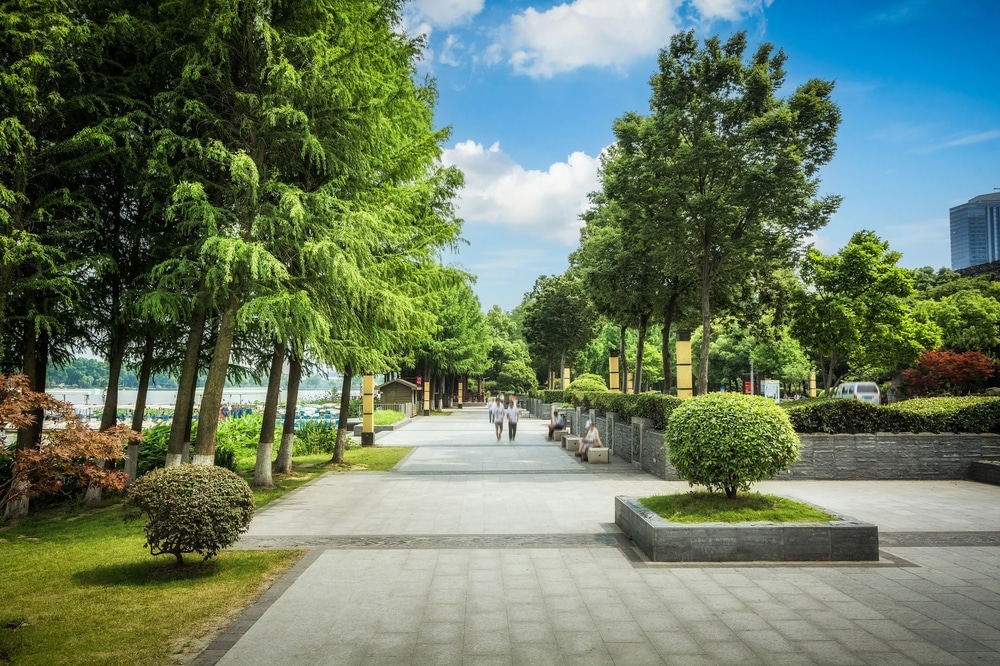
Public gardens and parks come in various forms, each offering a unique experience and atmosphere. Whether you’re looking for a place to play, learn, or simply enjoy the beauty of nature, there’s a green space that’s just right for you.
Public gardens and parks are more than just places to enjoy the outdoors; they are vital to the cultural and environmental fabric of a city. These green spaces serve as cultural landmarks, environmental havens, and social gathering points, enriching the lives of those who visit.
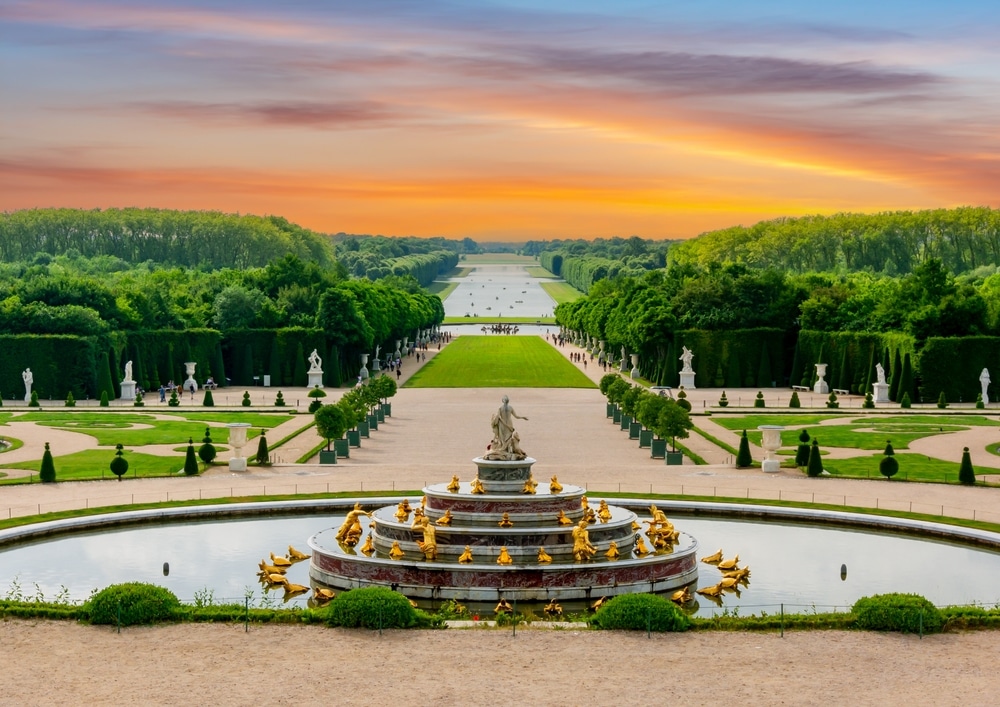
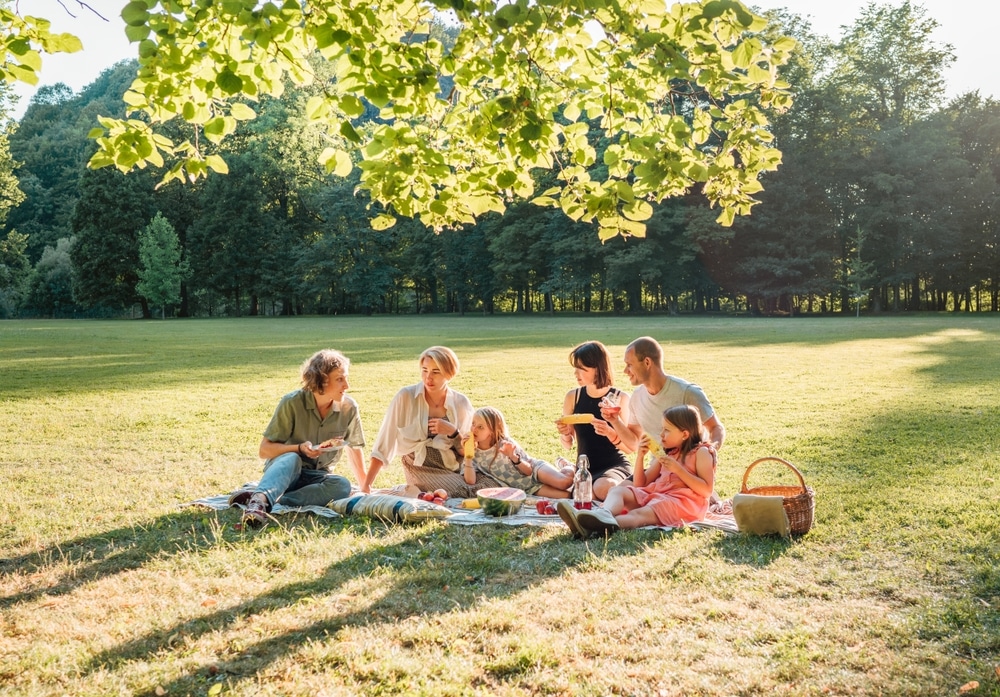
Exploring public gardens and parks is a delightful way to spend time outdoors, whether you’re looking for relaxation, recreation, or inspiration. Here are some tips to help you make the most of your visit:
Public gardens and parks are essential components of urban life, providing a green refuge where people can relax, play, and connect with nature. They are places of beauty, tranquility, and community, offering a space where the natural world and urban life coexist in harmony.
Whether you’re exploring the diverse plant collections of a botanical garden, enjoying a leisurely walk in a city park, or attending a community event in a local green space, public gardens and parks offer experiences that are both enriching and rejuvenating. They are a testament to the importance of preserving and celebrating nature within our cities, reminding us of the vital role that green spaces play in our well-being and quality of life.
So, whether you’re planning a day out with family, seeking a peaceful retreat, or looking to learn more about the natural world, let public gardens and parks be your gateway to the joys of outdoor living and urban nature.
